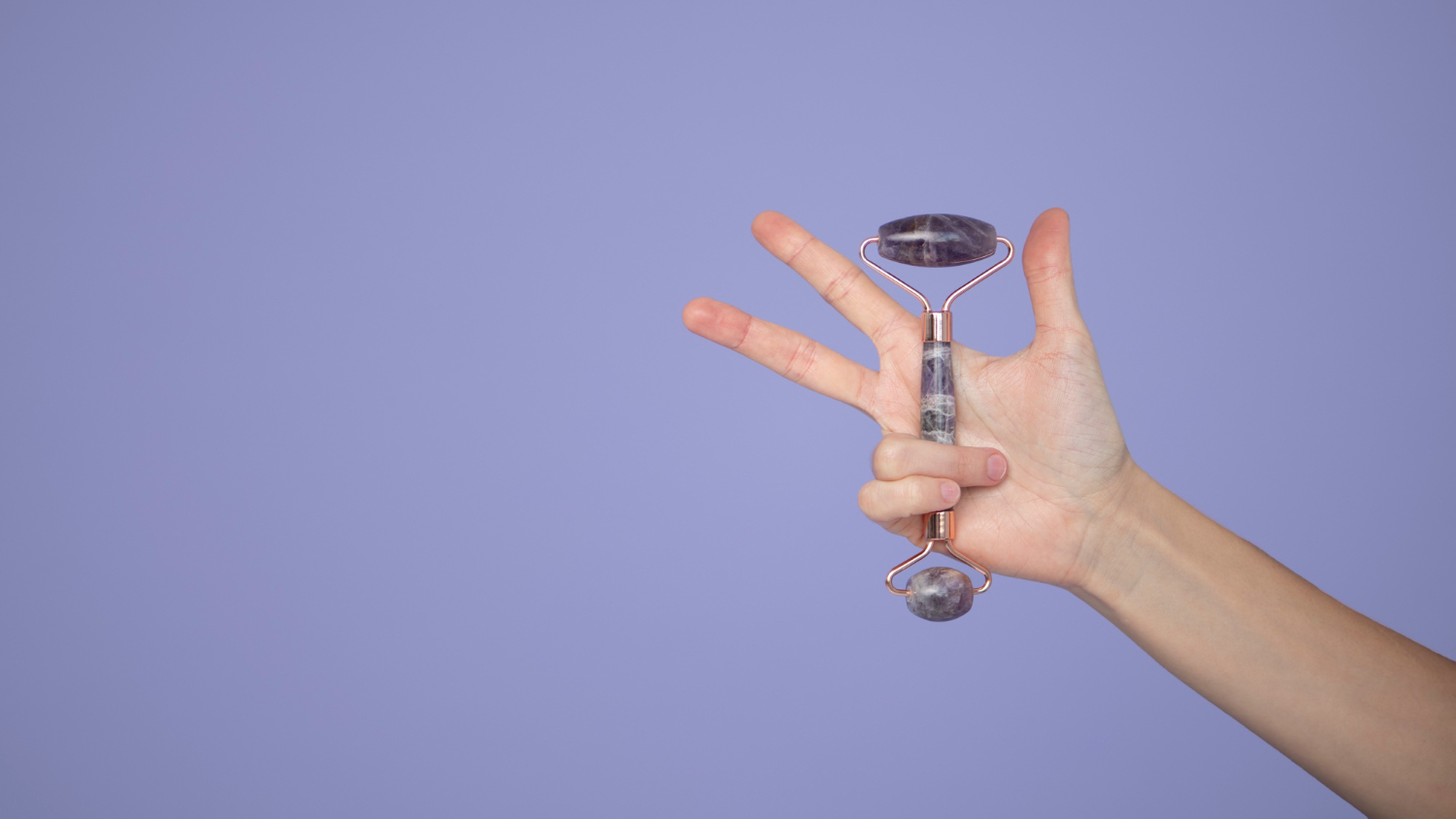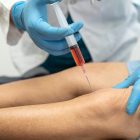Synopsis
Finger pain, joint stiffness, or conditions like trigger finger can disrupt daily routines—from holding a pen to opening a bottle. Physiotherapy provides a highly effective, non-invasive approach to restore function and reduce pain in the hands and fingers. This blog explores how physiotherapy for trigger finger, finger pain treatment, and physiotherapy for finger pain help regain control, dexterity, and strength in the fingers and hands.
Whether caused by repetitive strain, arthritis, injury, or post-surgical stiffness, finger discomfort limits independence and mobility. Through structured finger physiotherapy after surgery, physio exercises for trigger finger, and manual therapy, patients can experience improved joint movement, reduced inflammation, and pain-free grip strength. Physical therapy treatment for trigger finger focuses on stretching the tendon sheath, reducing tension, and retraining hand coordination—without surgery or injections.
We also highlight how physiotherapy exercises for hand fingers strengthen surrounding muscles, correct movement patterns, and prevent flare-ups. Early intervention not only speeds up recovery but also eliminates the need for more invasive procedures. This blog will guide you through key treatments, functional outcomes, and long-term benefits of therapy for finger-related disorders. If you’ve been living with reduced hand function or lingering pain, physiotherapy can help you restore your freedom—one finger at a time.
Table of Contents
- Understanding Trigger Finger and Finger Pain
- What Causes Finger Joint Problems?
- How Physiotherapy Helps in Trigger Finger
- Treatment Approaches for Finger Pain
- Key Physiotherapy Exercises for Trigger Finger
- Post-Surgery Finger Rehabilitation Techniques
- Preventing Future Finger Pain and Injury
- How Orthocure Restores Hand Health
Understanding Trigger Finger and Finger Pain
Trigger finger occurs when the tendon in the finger becomes inflamed and cannot glide smoothly through the sheath, causing the finger to catch or lock. Other finger issues include arthritis, post-fracture stiffness, and nerve entrapments. Physiotherapy for trigger finger is a conservative yet effective way to resolve such issues through manual mobilisation and therapeutic exercises.
What Causes Finger Joint Problems?
Repetitive motions, gripping tools, extended smartphone use, injuries, and rheumatoid arthritis are common causes of finger pain. Joint cartilage can deteriorate or the tendons may swell, restricting movement. Finger pain treatment begins with identifying the root cause and then customising a plan that addresses both symptoms and structure.
How Physiotherapy Helps in Trigger Finger
With physical therapy treatment for trigger finger, therapists use massage, ultrasound therapy, and tendon-gliding exercises. This improves lubrication in the tendon sheath and reduces the snapping motion. Manual stretching combined with splinting can prevent the finger from locking and restore normal movement.
Treatment Approaches for Finger Pain
Physiotherapy for finger pain includes paraffin wax therapy, heat packs, and mobilisation techniques. These interventions ease joint stiffness, reduce swelling, and improve range of motion. In more advanced cases, therapists might introduce resistance tools to rebuild strength without aggravating pain.
Key Physiotherapy Exercises for Trigger Finger
Physio exercises for trigger finger include tendon-glide routines, finger abduction and adduction, and grip strengthening. Therapists may use putty or resistance bands for strengthening. These exercises maintain tendon health, avoid scar tissue build-up, and help fingers move smoothly again.
Preventing Future Finger Pain and Injury
Preventive strategies include warm-up exercises before repetitive hand work, using ergonomic tools, and frequent hand stretches. Physiotherapy exercises for hand fingers are vital in building endurance in hand muscles and tendons. Early signs of pain should be addressed promptly to avoid chronic issues.
Lifestyle Changes for Long-Term Relief
Sustainable recovery involves more than just therapy. Adequate hydration, reduced screen time, stress management, and regular stretching all play a role. Neck pain relief physiotherapy becomes more effective when combined with lifestyle adjustments. Breathing exercises, yoga, and foam rolling routines can be added to your daily schedule for maintenance
How Orthocure Restores Hand Health
Orthocure Clinics and Gyms offer holistic programmes that target hand and finger conditions through precise diagnostics and customised therapy. Our approach to physiotherapy for trigger finger and post-operative rehab is rooted in evidence-based care and powered by state-of-the-art facilities. With certified therapists and ergonomic tools, we restore hand function, dexterity, and patient confidence—making everyday tasks effortless again.
FAQs
What is trigger finger and how can physiotherapy help?
Trigger finger is a condition where a finger gets stuck in a bent position due to tendon inflammation. Physiotherapy for trigger finger helps by reducing inflammation, stretching the tendon sheath, and improving hand mechanics. It prevents recurrence and delays or avoids surgical intervention. Therapy often includes splints, massage, and guided exercises. The goal is to restore pain-free, fluid finger movement.
Are there specific exercises to relieve finger joint pain?
Yes, physiotherapy exercises for hand fingers target flexibility and strength. These include tendon-gliding drills, resistance grip exercises, and finger abduction stretches. Performed consistently, they help reduce stiffness and improve joint alignment. These exercises are particularly effective in managing arthritis and post-injury recovery.
How soon after surgery should I begin finger physiotherapy?
Finger physiotherapy after surgery typically begins within a few days post-operation under medical guidance. Early therapy helps prevent scar adhesions, restore motion, and reduce swelling. A gradual plan is developed to avoid stress on healing tissues while promoting recovery. Consistency is key to restoring full function.
What tools are used in finger physiotherapy sessions?
Common tools include therapy putty, resistance bands, stress balls, and hand grip devices. These assist in strength training and range-of-motion improvement. Heat or wax therapy may also be used for joint lubrication. Physio exercises for trigger finger and other hand conditions often incorporate these aids for effective outcomes.
Can physiotherapy prevent recurrence of finger injuries?
Yes, it can. Regular physiotherapy for finger pain enhances strength, flexibility, and joint mechanics, making fingers more resilient. It also educates patients on ergonomics and safe hand practices. Preventive therapy reduces the chances of reinjury and supports long-term hand health.





